You want to do everything you can to obtain a healthy, robust lawn in Northern Virginia.
A great lawn frames your home and gives you the perfect place to relax and unwind after those long, hard days at work or checking things off your to-do list. You want your lawn to be thick, green, and ready for anything.
What you don’t want are insects stepping in to invade your personal space and munch on your grass and lawn roots.
Two particular pests can be a problem to lawns in this area: armyworms and lawn grubs.
Let’s look at these two insects a bit closer so you can figure out what might be munching on your lawn and get rid of them for good.
Grubs Vs. Armyworms
In the fight on what is eating more of your lawn than the other, you’ll probably find you’re constantly looking at two key suspects: lawn grubs or armyworms.
But to know which one is the true enemy of your grass, you must learn about each of the insects more thoroughly.
Here’s a deeper look at these pesky lawn bugs.
Grubs in Northern Virginia
First, let’s start with enemy No. 1: lawn grubs.
Lawn grubs are the chunky, white worms that are roughly 1 inch long and are actually the larval versions of several varieties of beetles you might be familiar with, including Japanese beetles, June beetles, and northern masked chafers.
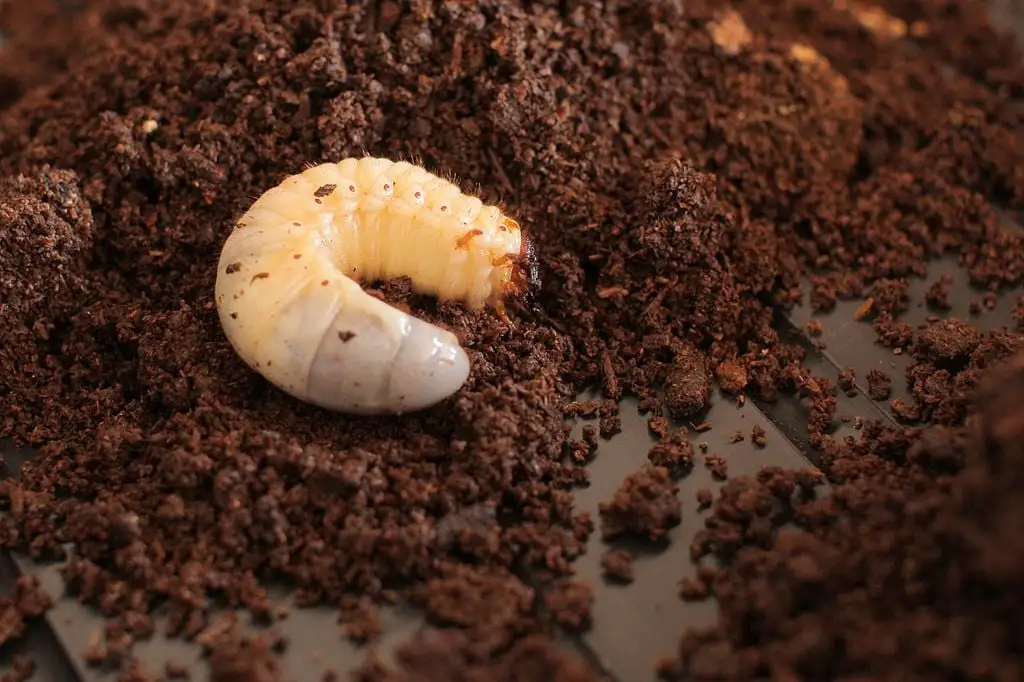
When you’re talking about how to identify lawn grubs, you’re looking for that distinctive, white, C-shaped body. But since these guys feast beneath your lawn at the roots, you might more likely see Japanese beetles for about one month in the summer crawling all over some of your favorite plants, like your roses. That means they are in the neighborhood and they are laying eggs in your lawn – no doubt. Then, as the summer continues, they keep feeding and burrow deep into the soil over the winter only to kickstart their feeding again in spring when the weather warms back up. Next, they emerge as adult beetles, and the cycle begins again.
If you don’t see many beetles on your plants, you might also notice some other activity that can indicate you have grubs in your lawn. That would be animals like moles, raccoons, and skunks digging in your lawn. They know a good meal when they see one, and grubs are a tasty treat for these animals.
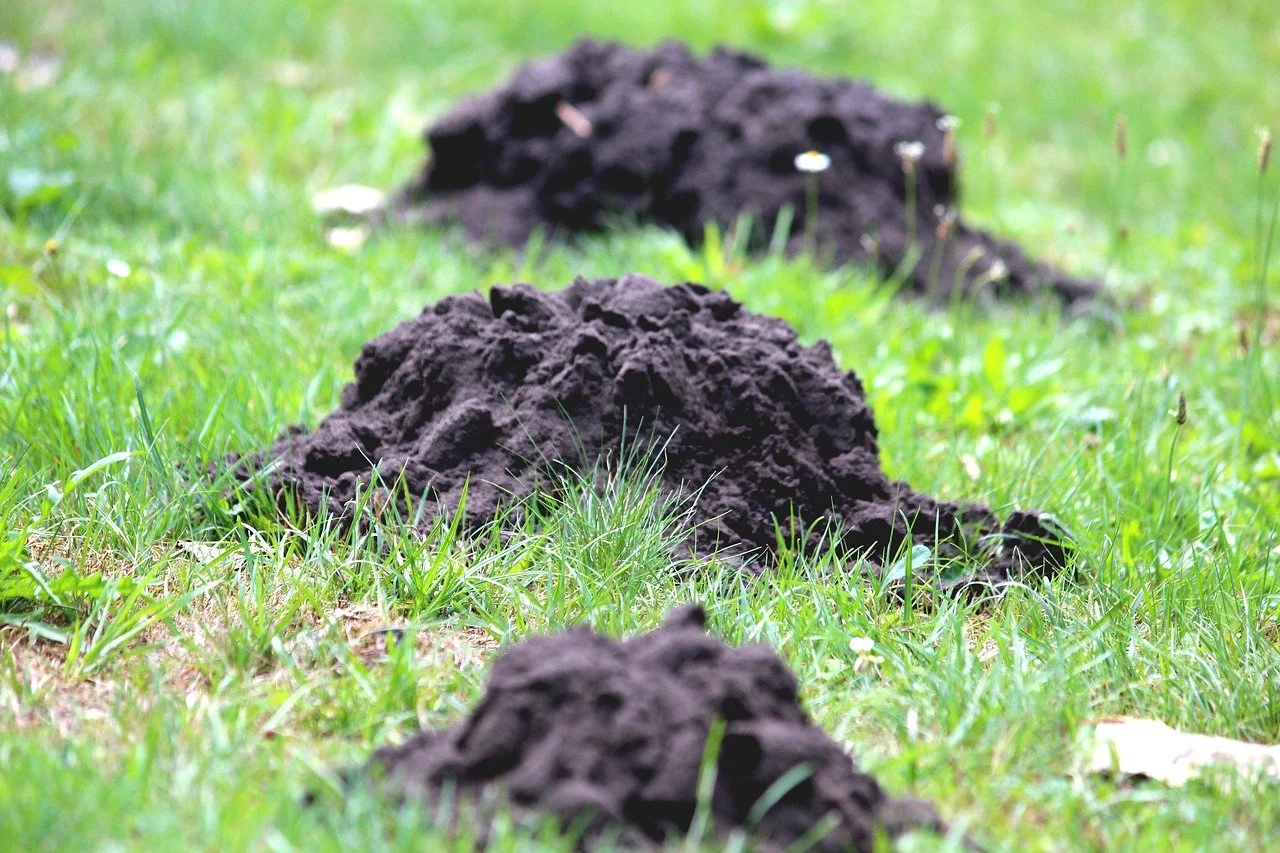
If you’re still scratching your head, wondering how to identify lawn grubs, search for these other signs:
- Take a closer look at your lawn. Does it appear yellowish? Does it seem weak or unhealthy? If your lawn’s growth seems a bit sluggish in May, June, and July, or you see brown or dead patches, you may have grubs.
- Does your lawn feel spongy when you walk on it, like it’s disconnected from the ground? Can you pull it up, similar to pulling up a carpet? That’s a sign the roots have been eaten by grubs.
Armyworms in Northern Virginia
Armyworms get their name from how they march across your lawn in a military fashion, leaving behind dead grass and ruining the look of your lawn.
When you’re looking at how to identify armyworms, you’re looking for larvae that are 1 to 1.5 inches in length and dark brownish-green or almost black with long white, orange, and brown stripes on their abdomens.
As adults, armyworms are moths that are 1 inch long with tan bodies, 1.5-inch wingspans, and tiny white spots centered on each of their forewings.
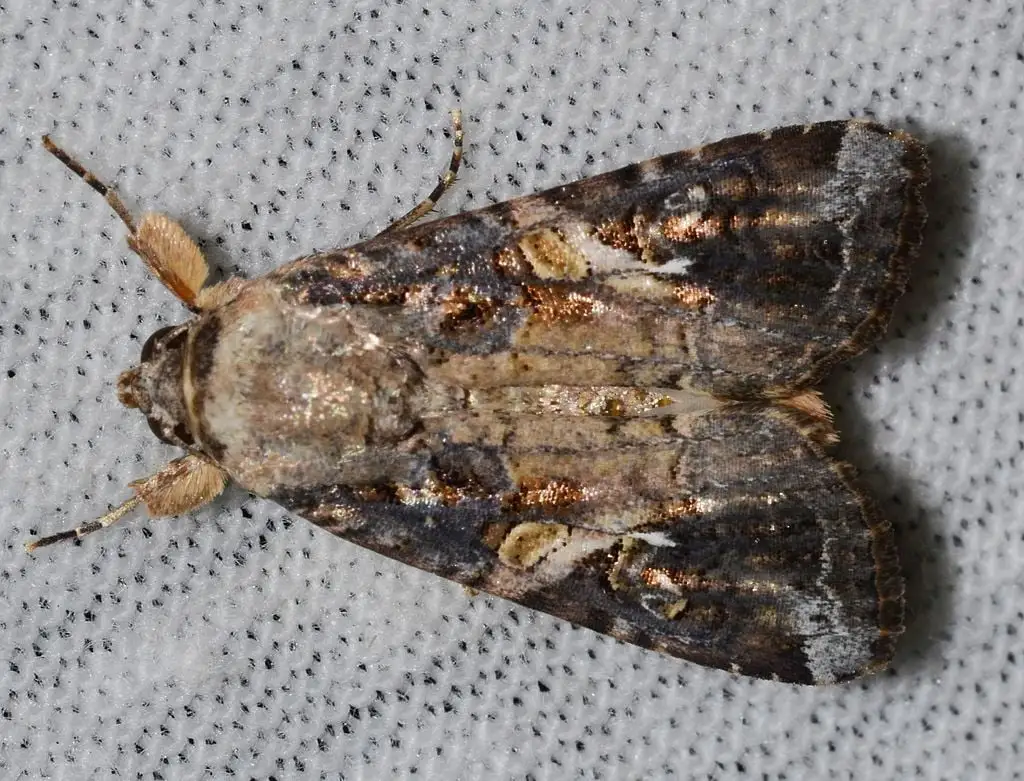
Armyworms arrive in your yard in July and linger through August and September. They fly by on air currents and then drop down when they’re ready to settle in.
The armyworm moths like to lay eggs on tree and flower leaves or patio chairs and even light posts. Each female can lay egg masses that contain roughly 100 to 500 or more eggs. Hatching 5 to 7 days later, you now have larvae eating their way through your lawn.
Since these insects are so small, you might be wondering how to identify armyworms without being able to truly spot them in larva or adult form. Some signs they might be feasting on your grass include:
- Do you have new sod or newly seeded grass? Armyworms tend to love lawns at this stage.
- Look for drought-stressed grass that quickly turns brown.
- If you take a closer look, you might see holes in the individual grass blades or grass that looks eaten down to the ground.
- You might notice a lacy or transparent look to your grass blades where armyworms have been chewing on them.
- You might see sticky egg masses on buildings, patio sets, decor, plants, and other outdoor surfaces.
Grubs Vs. Armyworms: How to Control Them
Sure, lawn pests are no fun, especially lawn grubs or armyworms.
But both of these pests can be addressed with proper identification and treatment.
How to Kill Lawn Grubs
Because homes are somewhat close together in Northern Virginia neighborhoods, it’s easy for lawn grubs to spread from neighbor to neighbor. If you see your buddy next door has Japanese beetles, they could be laying grubs in your lawn. So much grass, so little time.

Since grubs are extremely destructive once they are born, the best way to attack them is preventively. This means how to kill lawn grubs starts with a preventative grub control treatment. The trick is doing this at the precise right time to ensure grubs aren’t born and can’t feast on your lawn roots. In Northern Virginia, this timing usually happens in June.
One application of a professional grade product put down at the right time usually takes care of the problem. This not only saves you from grubs, but it also saves you from additional lawn damage and repair costs.
How to Kill Armyworms
When it comes to how to kill armyworms, this can be a bit trickier since armyworms have multiple generations per year.
A professional insecticide treatment can help control armyworms.
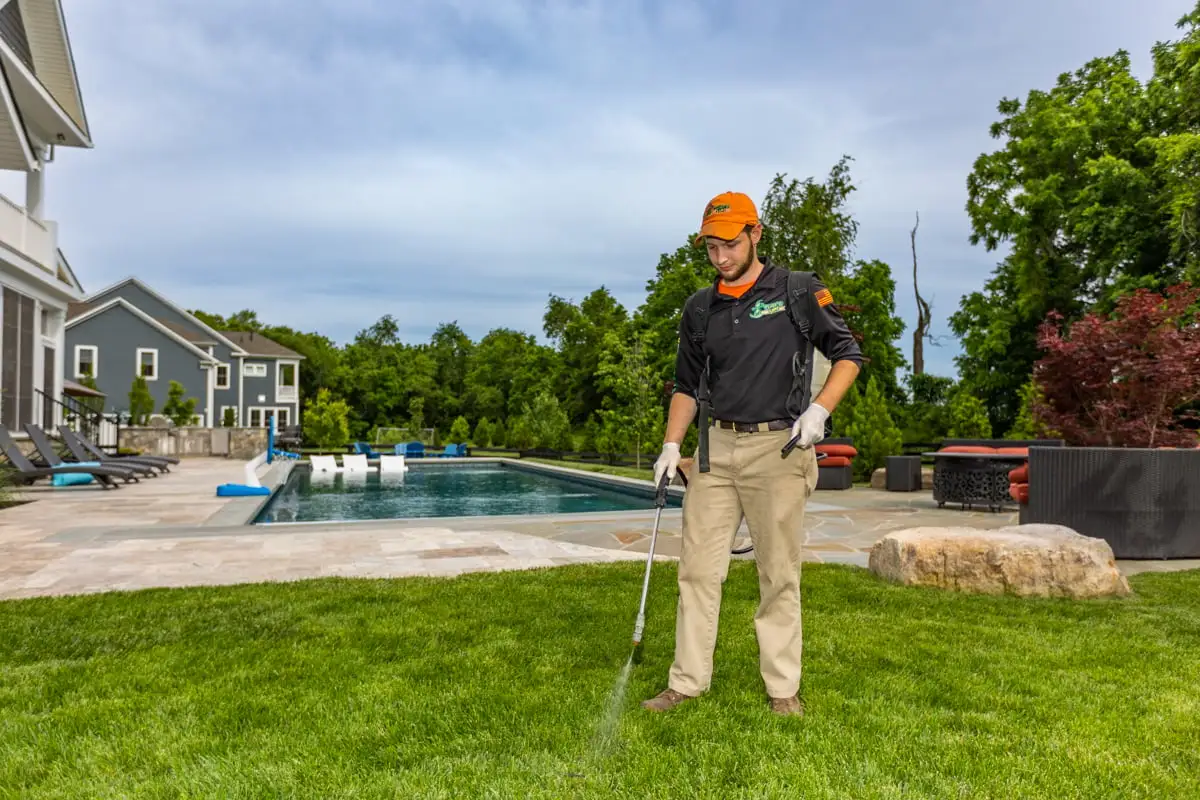
If armyworms come through and destroy your lawn, you also want to think about how to repair your lawn. If they just chewed on the upper grass blades, it can usually recover on its own. For severe infestations, you’ll want to reseed and reestablish the lawn. This is because armyworm feeding is like mowing your lawn too short, stressing it out.
Turf’s Up Can Help You With Lawn Grubs or Armyworms in Northern Virginia
When it comes to the battle of grubs vs. armyworms, you’d rather not have either in your lawn. No matter how epic the fight, maybe they can take their squabble and feeding frenzy to another neighborhood.
If you notice some strange patches or weird sponginess in your lawn, and you’re not sure what to do, don’t fret. Sometimes it’s hard to tell what’s happening and which pest is the culprit.
As you scratch your head and continue investigating, don’t hesitate to give Turf’s Up a call. We can educate you on the difference between these pests and come take a look at your grass to find out what’s going on. Once we identify the problem, we can offer some suggestions on how to kill grubs and how to kill armyworms and then offer some ways we can get your lawn looking healthy, thick, and green again.
Ready to learn why Turf’s Up could be your totally awesome choice for grub control or armyworm control services in Northern Virginia? We’re stoked to learn more about you and help you have the best lawn on the block. Get started today with a free quote. Together, we can prepare a customized plan that is perfect for you and your yard.
Image Source: Grub, Mole Hill, Armyworm Moth
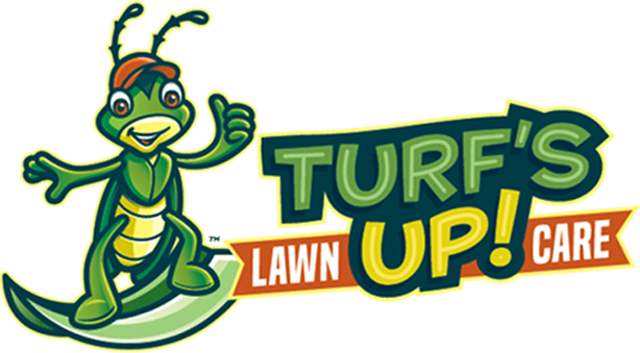





Comments (0)
Thanks for your comment!
Thanks for your feedback! Your comments have been successfully submitted! Please note, all comments require admin approval prior to display.
Error submitting comment!
There is a problem with your comment, please see below and try again.